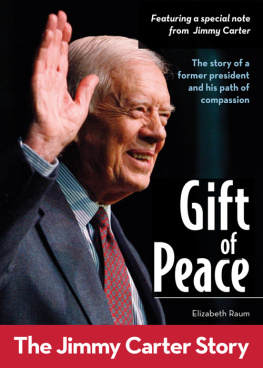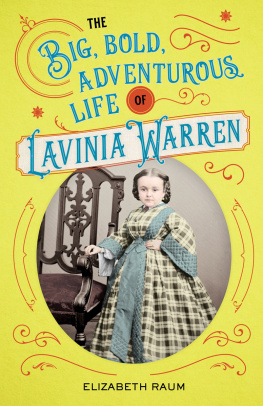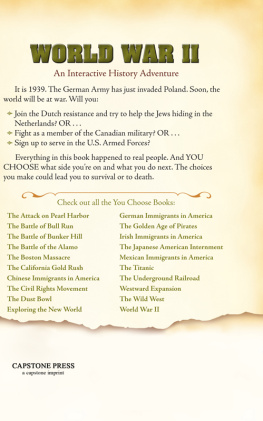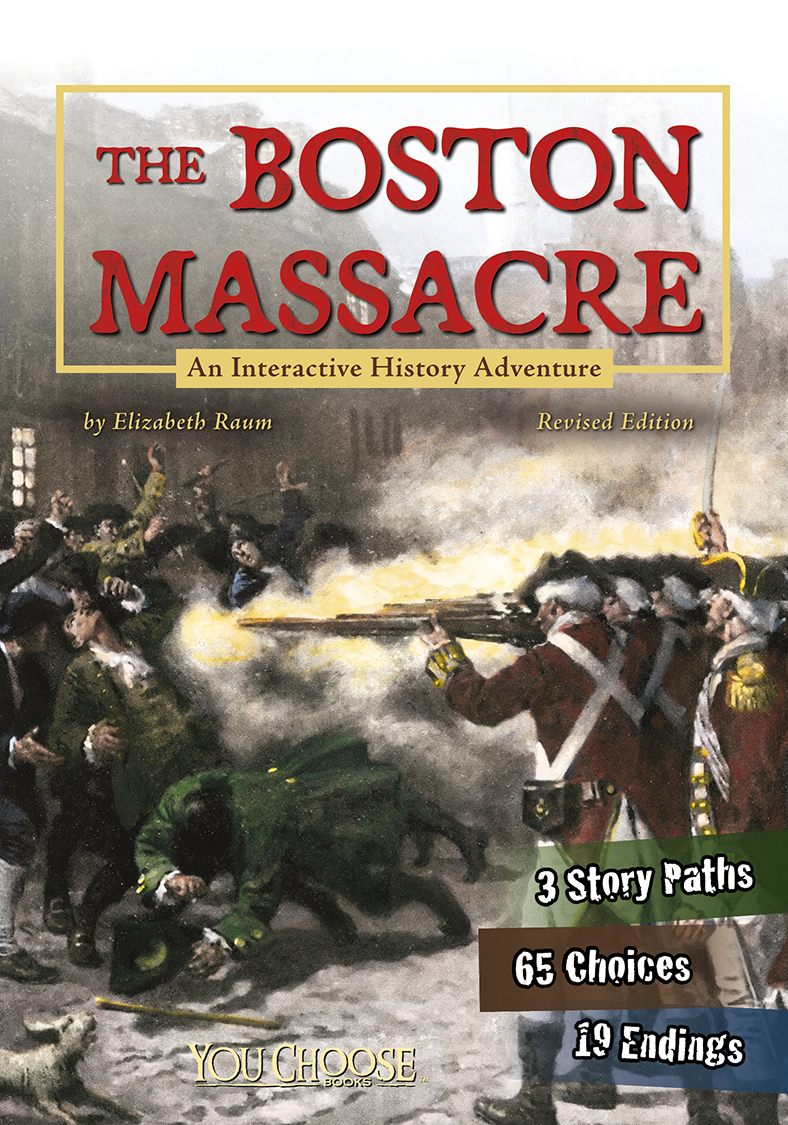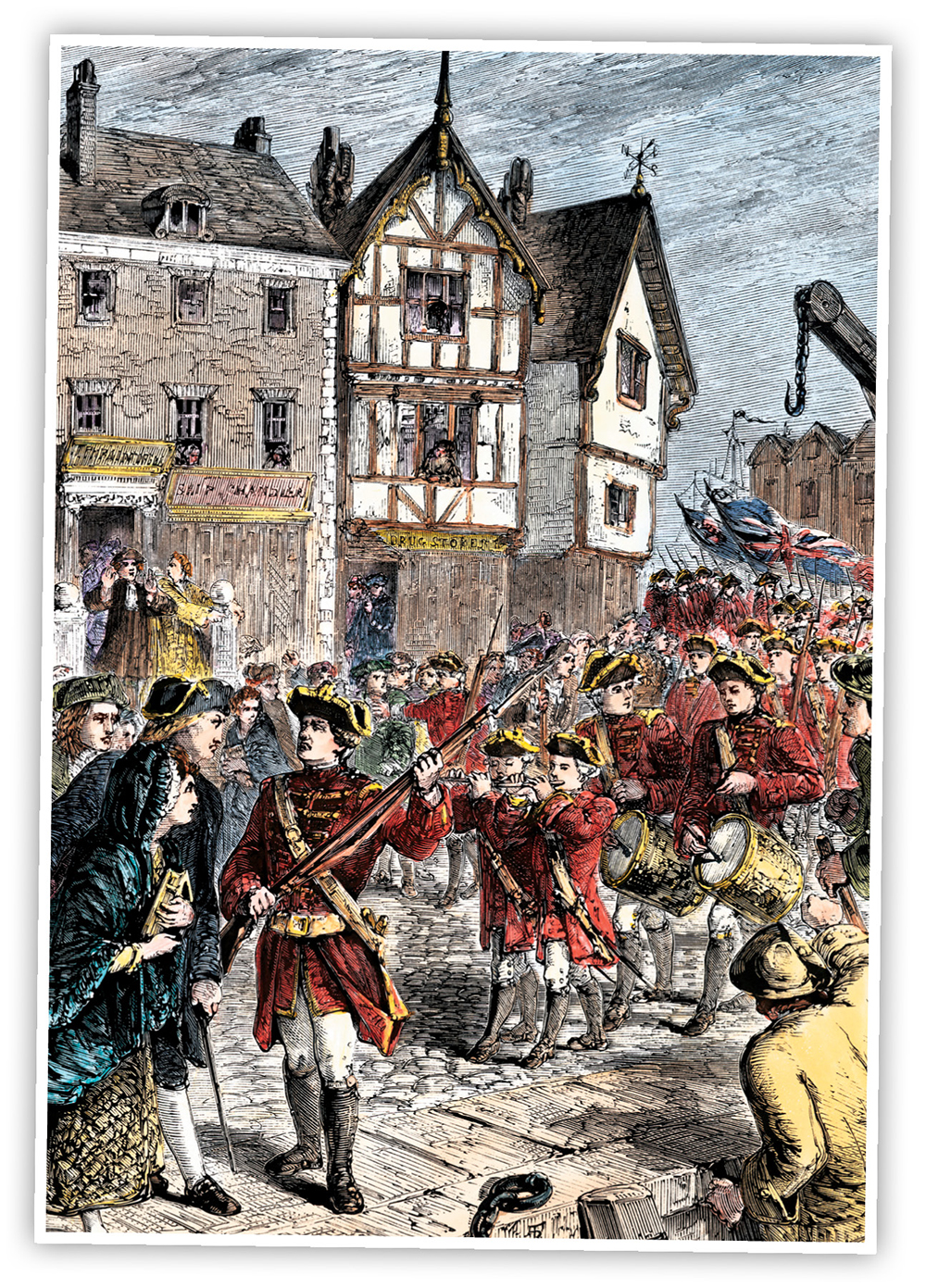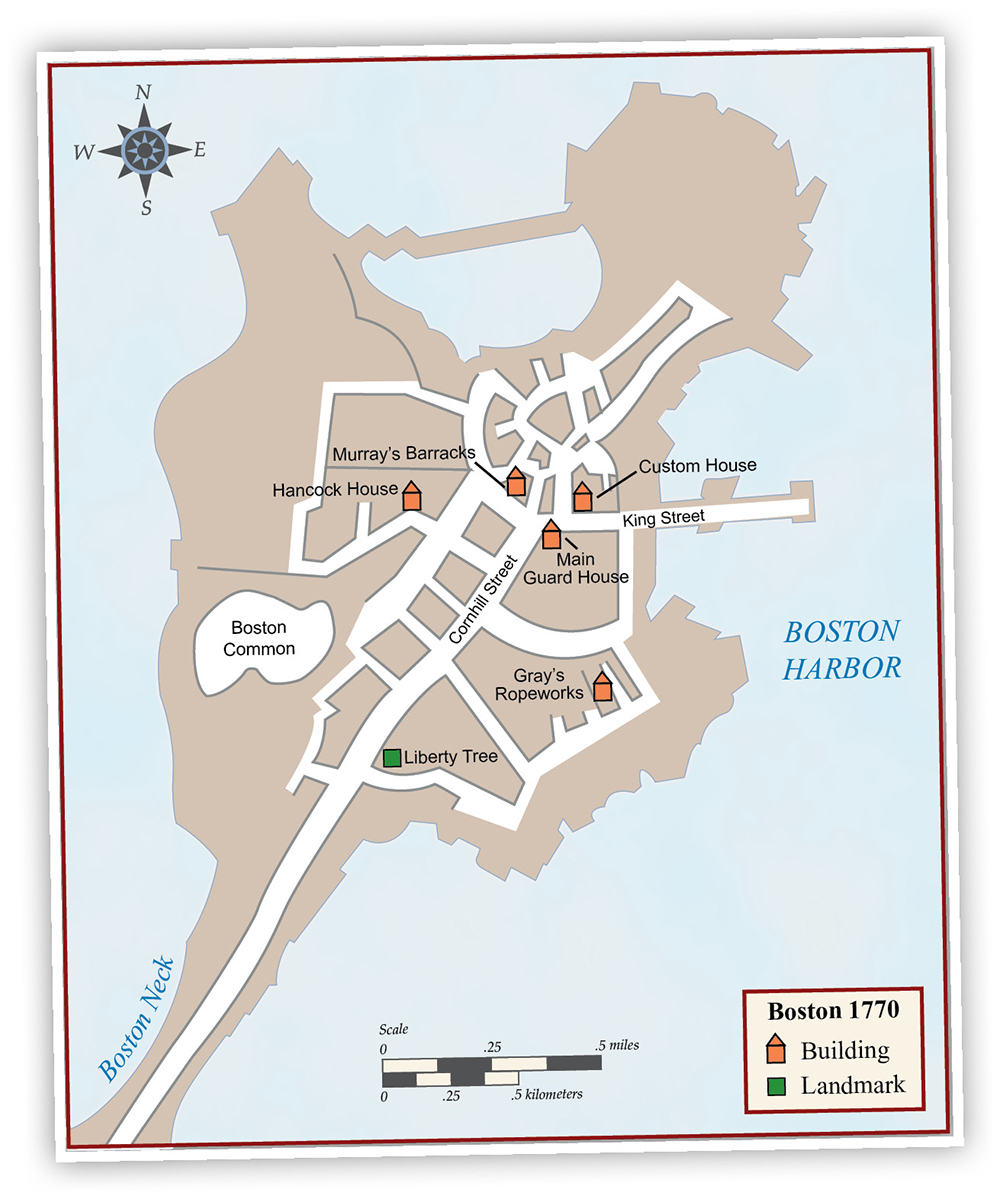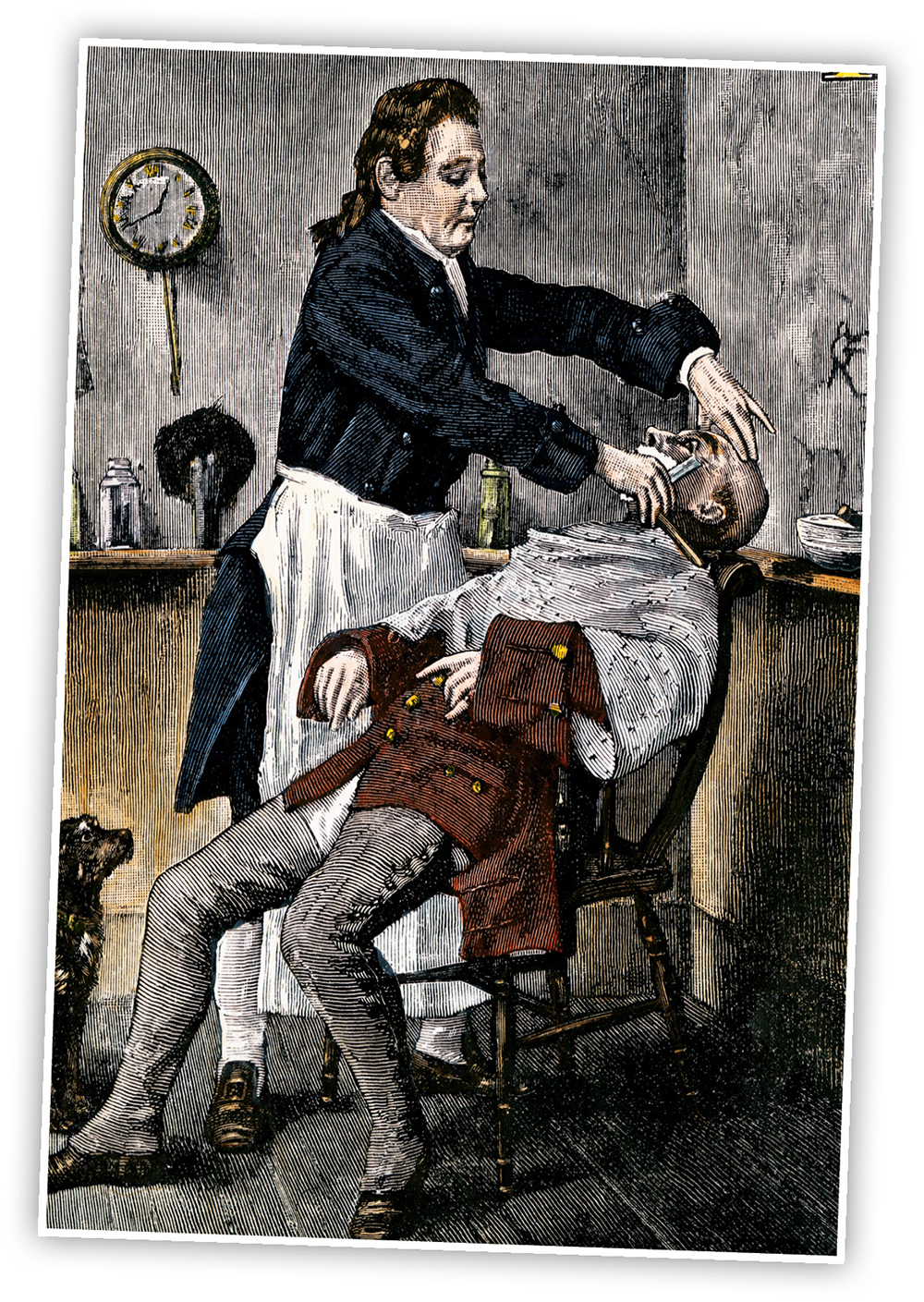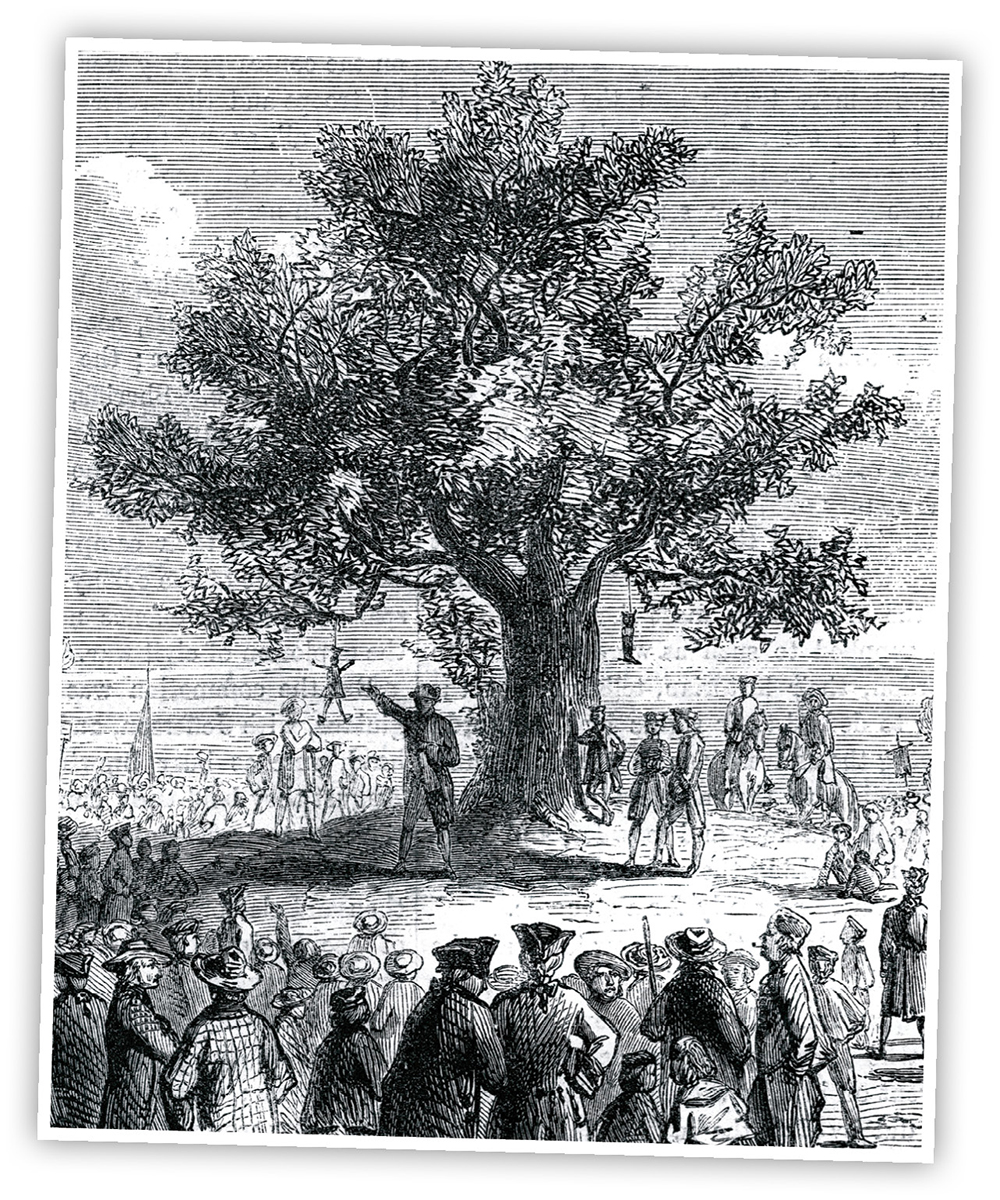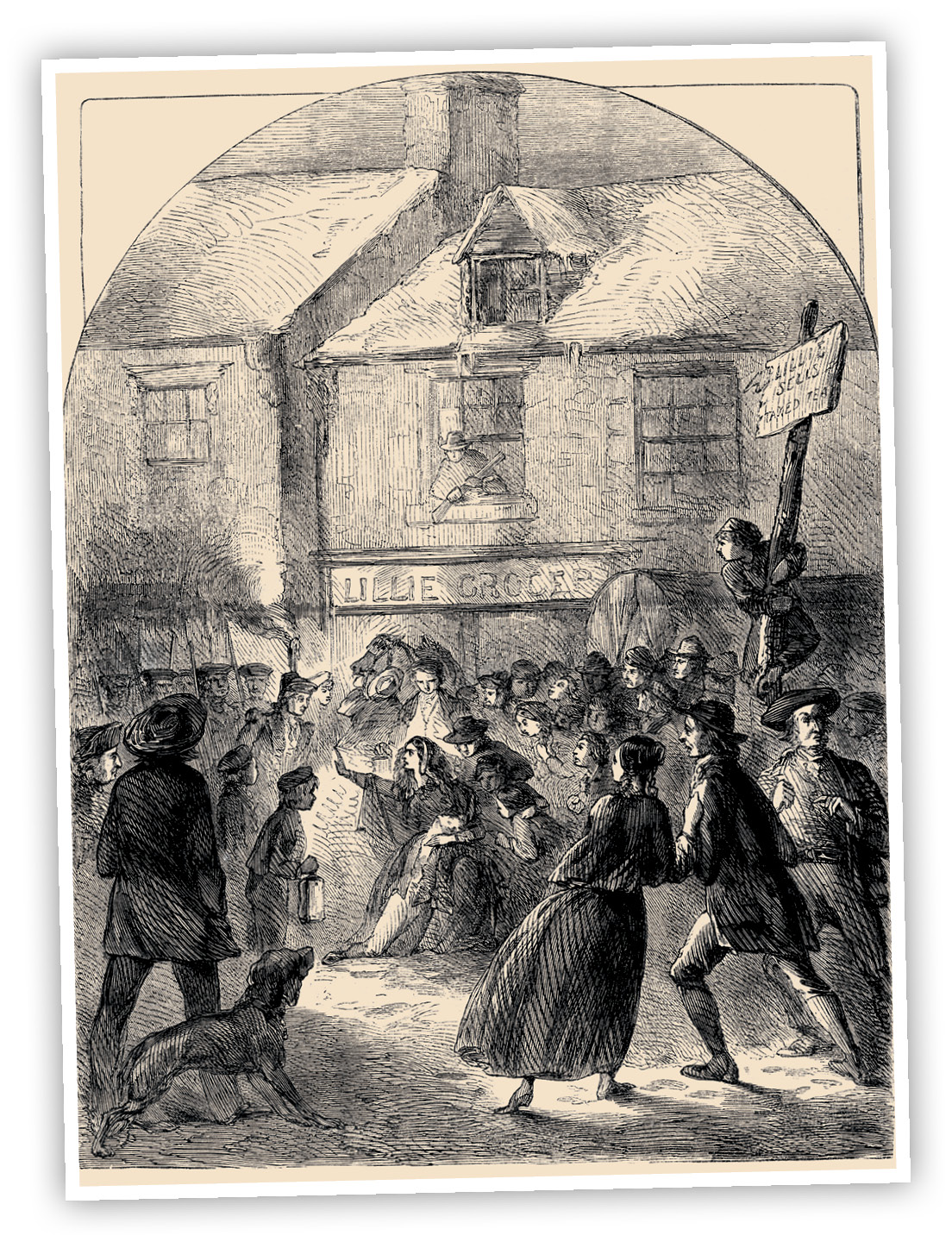For the best You Choose experience,
view in portrait (vertical) orientation.
ABOUT YOUR ADVENTURE
YOU are in Boston, Massachusetts, in 1770. For months, American colonists and British soldiers have been clashing in the city. Which side will you take?
In this book, youll explore how the choices people made meant the difference between life and death. The events youll experience happened to real people.
Chapter One sets the scene. Then you choose which path to read. Follow the links at the bottom of each page as you read the stories. The decisions you make will change your outcome. After you finish one path, go back and read the others for new perspectives and more adventures. Use your device's back buttons or page navigation to jump back to your last choice.
YOU CHOOSE the path you take through history.
CHAPTER 1
Trouble in Boston
Its February 1770. The Province of Massachusetts and 12 other colonies in North America are under the rule of Great Britain. People in the colonies still consider themselves British. But many of them are tired of paying high prices for goods from Britain. Theyre also unhappy with the taxes they have to pay to the British government.
In 1765, the British passed the Stamp Act. This law put a tax on every document, newspaper, and pamphlet printed in the colonies.
In late 1768, British soldiers in red coats marched through the streets of Boston.
In Boston, Massachusetts, a group of shopkeepers and craftsmen organized to fight the Stamp Act. They called themselves the Loyal Nine. The Loyal Nine convinced Bostonians to gather in the streets to protest the tax. The violent protests were enough to make Parliament the tax in 1766.
Later, the Loyal Nine changed their name to the Sons of Liberty. Their members included silversmith Paul Revere, politician and writer Samuel Adams, and shipowner John Hancock. The group met under the Liberty Tree. This giant elm was about a block east of Boston Common park. The Sons of Liberty told Bostonians not to do business with merchants who traded with the British.
Massachusetts Governor Francis Bernard considered the Sons of Liberty troublemakers. In 1768, he asked General Thomas Gage, commander of the British Army in America, to send soldiers to Boston.
The 14th and 29th regiments arrived October 1, 1768. Soon after they arrived, hundreds of soldiers paraded through the cobblestone streets. They wore bright red coats and three-cornered black hats. At their sides, they carried swords, , and bayonets.
Groups of colonists met to protest the taxes the British government required them to pay.
More than a year after that first parade, about 4,000 British troops are still patrolling Boston. The Sons of Liberty havent yet taken major action against them. But tensions are building, and Boston is in the midst of trouble.
CHAPTER 2
The Wigmakers Apprentice
You roll the measuring tape into a neat coil, put the curling irons away, and sweep the powdery floor. Mr. John Piemont insists that his barbershop be kept neat and in order. At 13, you are the youngest and newest , so the job falls to you.
As an apprentice, you also make deliveries. One day, Mr. Piemont asks you to deliver a wig to Mrs. Grizzell Apthorps house. You get hopelessly lost. Youve lived in Boston only three months. With nearly 16,000 people, Boston is much bigger than the town of Framingham, where you grew up.
In the 1700s, men got shaves and haircuts at barbershops. Many shops also sold wigs.
Are you lost? a boy asks you.
Im afraid so, you reply. Im looking for Mrs. Apthorps house.
He laughs. Come with me. I work for the lady. My names Christopher Seider.
Chris is a year or two younger than you. On the way to Mrs. Apthorps home, you become friends. Come back whenever you have some time off. If Im free, Ill show you around town, he says.
You deliver the wig and return to Piemonts. In quiet moments, the older apprentices tell you about a group many of them belong to. Were called the Sons of Liberty because we fight for liberty, one apprentice says.
Yes, another says. If a merchant sells imported British goods, we teach him a lesson. We smear tar on his windows, destroy his garden, and mark up his signs.
It sounds like trouble to you, but you admire their spirit. One day, you wander past the Liberty Tree, a giant elm. Its more than 120 years old, an apprentice tells you. The Sons of Liberty meet under it. When someone gives us a hard time, we make a dummy that looks like the person. Then we hang it from a branch of the Liberty Tree with a sign around its neck.
We call it an , another apprentice adds. Its a warning.
You feel a shiver of excitement. These boys are part of something important.
Protesters sometimes hung dummies called effigies from the branches of the Liberty Tree.
Mr. Piemont gives you a few hours off on the morning of February 22. Another apprentice, John, invites you to walk with him to Boston Neck. This strip of land connects Boston to the mainland. But then you remember Christopher Seider had invited you to visit him the next time you were free.
Once you reach Boston Neck, you see an army guard on duty. John walks up to the guard and starts yelling. Hey, lobster back! he shouts. You and John have a good laugh as you call the guard names. But its cold, so you soon leave.
The next day, you arrive at work to find all of the other apprentices working silently. Their faces are pale and serious. Whats wrong? you ask.
John answers, Yesterday, Ebenezer Richardson killed the boy who works for Mrs. Apthorp. Christopher Seider was his name.
How did it happen? you cry.
A mob attacked Theophilus Lillie for importing British goods. Richardson came to his aid. He fired his musket into the crowd, another apprentice, Edward Garrick, says.
Christopher Seider was shot in front of Theophilus Lillies shop.
I knew Chris, you whisper. What if youd been there? Could you have saved him?


